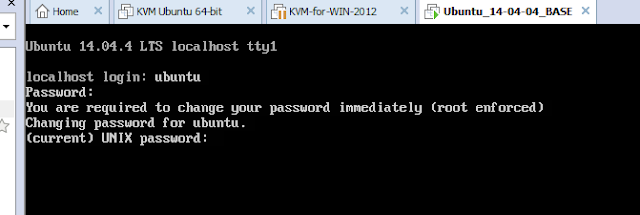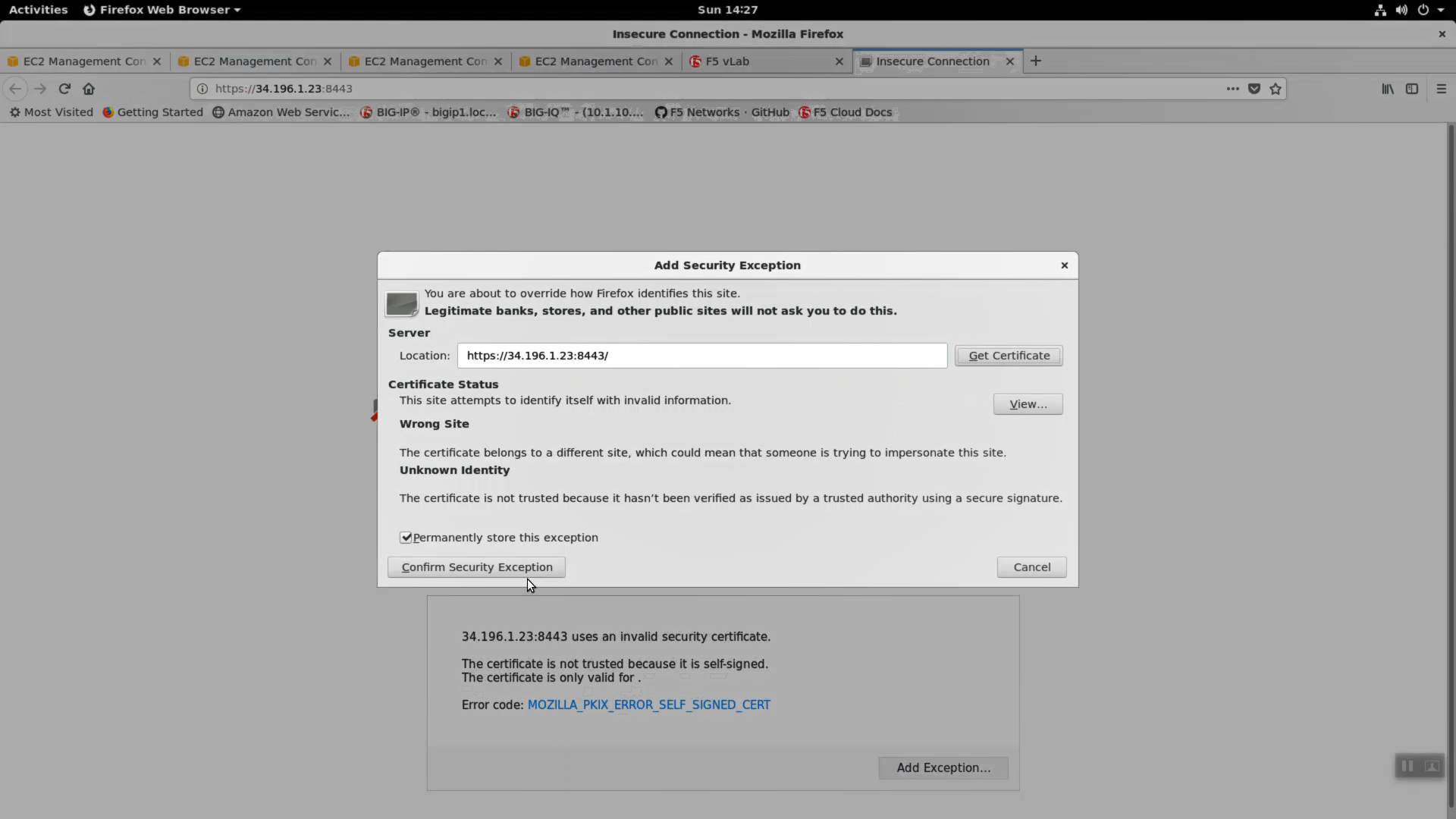

Try adding -v option to the ssh command used for the test. Check that /etc/ssh/config includes PubkeyAuthentication yes. Make sure the client allows public key authentication. If it is set to forced-commands-only, the key must be manually configured to use a forced command (see command= option in ~/.ssh/authorized_keys. Make sure /etc/sshd_config includes PermitRootLogin yes, PermitRootLogin prohibit-password, or without-password. If trying to login as root, the server might not be configured to allow root logins. Remember to restart the sshd process on the server. Make sure /etc/ssh/sshd_config on the server contains PubkeyAuthentication yes. The server might not be configured to accept public key authentication. There are a number of reasons why the test might fail: Note, however, that the command might ask for the passphrase you specified for the key. Once the key has been copied, it is best to test it: ssh -i ~/.ssh/mykey login should now complete without asking for a password. The private key should never be copied to another machine. Only the public key is copied to the server. The copying may ask for a password or other authentication for the server. Use a command like the following to copy SSH key: ssh-copy-id -i ~/.ssh/mykey logs into the server host, and copies keys to the server, and configures them to grant access by adding them to the authorized_keys file. Once the key has been authorized for SSH, it grants access to the server without a password.
#Reset local cloud key password via ssh install
Once an SSH key has been created, the ssh-copy-id command can be used to install it as an authorized key on the server. The key files are usually stored in the ~/.ssh directory. | | + o o | +-+ #Ĭreating a key pair (public key and private key) only takes a minute. The key fingerprint is: SHA256:GKW7yzA1J1qkr1Cr9MhUwAbHbF2NrIPEgZXeOUOz3Us The key's randomart image is: +-+ |.*++ o.o. Your public key has been saved in mykey.pub. Enter file in which to save the key (/home/ylo/.ssh/id_rsa): mykey Enter passphrase (empty for no passphrase): Enter same passphrase again: Your identification has been saved in mykey.

# ssh-keygen Generating public/private rsa key pair. In the simplest form, just run ssh-keygen and answer the questions. With OpenSSH, an SSH key is created using ssh-keygen. The purpose of ssh-copy-id is to make setting up public key authentication easier.

Key based authentication in SSH is called public key authentication.
#Reset local cloud key password via ssh mac
Contents Setting up public key authentication Generate an SSH Key Copy the key to a server Test the new key Troubleshooting How ssh-copy-id works Some best practices for SSH keys Use a passphrase when possible Add a command restriction when possible Managing SSH keys Command-line options Ssh-copy-id on Mac Installation using Homebrew Installation from MacPorts Installation using Curl Setting up public key authentication


 0 kommentar(er)
0 kommentar(er)
